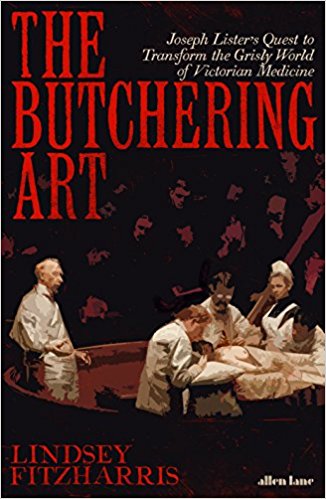
Medicine & Society in Later Medieval England [1995] – ★★★★
“Magic was…an integral component of medieval medicine”, tells us historian Carole Rawcliffe in this book on the state of medicine in later medieval England. And, not only magic. Religion, astrology and even art were all tied up in the practice of medicine in the Middle Ages, and this non-fiction sheds much light on how the medieval society in England viewed illness, and its diagnosis and treatment. What was the difference between the medieval professions of physician, surgeon, apothecary and barber? Why the state of medicine in England at that time lagged behind other European countries? What was the general attitude towards women connected to the practice of medicine? And, what methods were used when no proper methods of anaesthesia and sanitation were yet available to the medical personnel? Relying much on the contemporary accounts, Rawcliffe proves to be an expert guide on these questions and many more, and her book is a scholarly, but also highly readable, journey into England’s medieval past.
Continue reading “Review: Medicine & Society in Later Medieval England by Carole Rawcliffe”

 I. The Butchering
I. The Butchering
 The Wom
The Wom